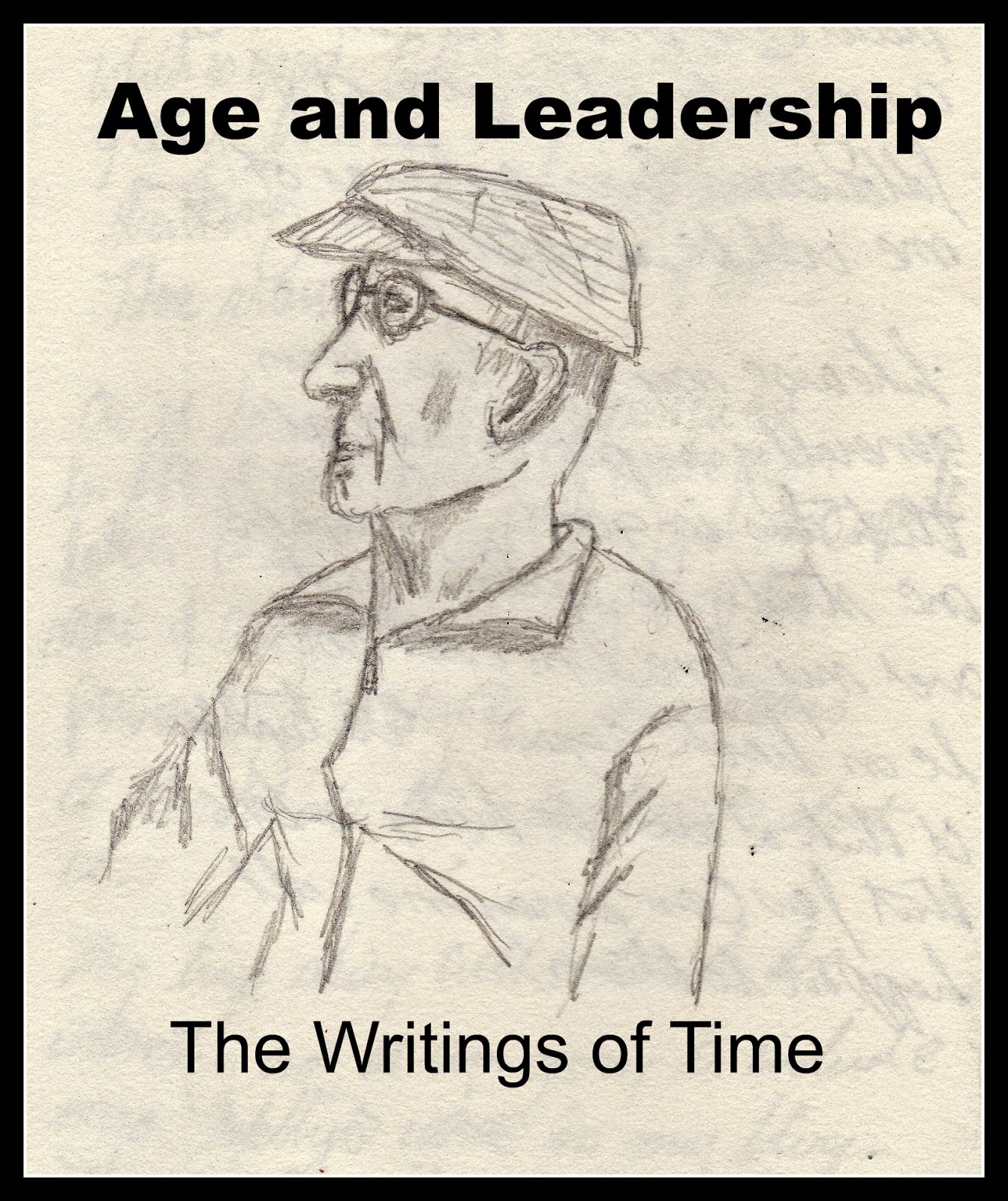 |
| artwork by Dr. Murad Abel |
With pressed three piece suits and blazing red ties
they look out over the ocean and wonder just how far they need to travel to
sell products in lands yet untapped. It wasn’t long ago they built towers where
their grandfathers once tilled tobacco, corn, and beans. The montblanc pens are
not yet dry but the ideas have long been spent. Just beyond their reach, opportunities
again bound but the paths are now covered in asphalt trails that lead back to
where brick and mortar ends. Just beyond that wall is something new, a place to
gain footing, a vine perhaps that is hardy enough to tow products world round. Once again the good times could roar if shined
shoes are scuffed in the knee deep fields of prosperity.
Executives
seek once again to find new opportunities to grow their businesses and create
expanding opportunities. The global marketplace requires new theoretical lenses
that are much sharper than the theories of the past. Global product positioning
offers new opportunities that require a more complex way of conducting business
and marketing offerings. A single vantage point from a single field of study
simply doesn’t consider the complex nature of marketing on multiple continents with
different needs and cultures.
Products are about self-identity. As a new
generation is born into the Information Age their identity begins to transcend
their individualized cultures. According to McKraken (1986), global brands
create an identity, achievement perspective, and perception that symbolize
values that are transferred into the way consumers view themselves. Younger generations are much more aware of
different cultures and have meshed their identities into a wider
perspective. They want to be successful,
and find a wide array of products that help them further this identity. They have opportunities to purchase from
anywhere in the world and do so with a few key strokes.
Those companies that can build global brands will
find willing followers if their image and products align with the needs of
consumers in different cultures around the world. Global brands can create
images of superiority, quality, social responsibility and prestige that help
them successfully draw in a younger and more enthusiastic crowd (Keller, 1998; Ozsomer
& Altaras, 2008). These brands fit within their personal aspirations and
represent their chosen paths in life.
Research by Ozsomer and Altaras (2008) shows that
the global marketplace requires more complex theoretical lenses to understand
how to develop brand identity that will sell internationally. They believe that
consumer culture theory, signaling theory, and associative memory theory have
what it takes to develop a corporate image and products that will sell. Each of
these theories helps decision-makers understand the varying complex nature of
market production where multiple cultures are present.
Consumer
Culture Theory: Global consumers re-contextualize
symbolic meaning encoded within marketing programs to develop their individual
and collective identities (Holt, 2002). As global products become more apparent
it naturally changes the perceptions of consumers. Their exposure to the images
and messages encoded within marketing campaigns are adapted to help them create
new identities that blend their past to their future. They will buy that which confirms their
aspirations of where they desire to go and the image they would like to portray
to others.
Signaling
Theory: Companies take actions that signal the value of
their products. For example, offering a warrantee with a product will signal
that its quality and value is high (Boulding & Kirmani, 1993). Signaling
can occur within the company’s strategies, offerings, and actions that can lead
to higher or lower credibility on the market. When a company’s credibility is
damaged through improper actions their products and future viability are likely
to suffer as well.
Associative
Memory Theory:
Consumer memory and how it identifies brands is an important indicator
of how customers will view and remember brands.
Memory is seen as nodes of images or information that are connected to
other nodes. Each node can be mapped to understand how consumers see products (Collins
and Quillian 1972). Ensuring that the company’s image, the product’s images,
and the marketing messages are in alignment will help ensure that the nodes
connect together correctly.
Each person exists within the context of their
culture but this culture is only a vantage point in understanding the rest of
the world. As an interconnected generation rises to maturity, they have
cultural underpinnings that transcend their local backgrounds. It is these
cultural underpinnings, rooted in human nature, where companies can find their
best opportunities to sell products.
Those companies that seek greater global brand
awareness will need to relate their products and images to the identity needs
of this generation. Some are seeking fame, some wealth, and others recognition
but all seek something in the global marketplace. They will choose their
products based upon those self and collective identities that fulfill chosen
way of relating to the world.
The three theoretical models offer a different but
interconnected way of viewing the products and services developed.
Understanding how the company is perceived, the actions that signal value, and
the way in which consumers interpret and connect brands is important for
develop market oriented products and services.
As products and services are being engineered they should do so within
the underlining values that are common to most cultures.
Boulding, W. & Kirmani, A. (1993). A
consumer-side experimental examination of signaling theory: do consumers
perceive warranties as signals of quality? Journal of consumer reach, 20 (1).
Holt, D. (2002). Why Do Brands
Cause Trouble? A Dialectical Theory of Consumer Culture and Branding. Journal
of Consumer Research, 29 (June), 70–90.
Keller, K. (1998). Strategic
Brand Management. Upper Saddle River, NJ: Prentice Hall.
Collins, A. and Quillian, M.
(1972). How to Make a Language User,” in Organization of Memory, E.
Tulving and W. Donaldson, eds. New York: Academic Press, 310–54.
McCraken, Grant (1986). Culture
and Consumption: A Theoretical Account of the Structure and Movement of the
Cultural Meaning of Consumer Goods,” Journal of Consumer Research, 13
(1), 71–84.
Ozsomer A. & Altaras, S. (2008). Global brand
purchase likelihood: a critical synthesis and an integrated conceptual
framework. Journal of International
Marketing, 16 (4).


